-
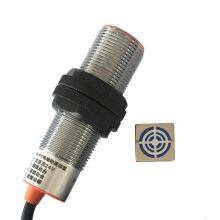 Dandelion
Hi there! Welcome to my shop. Let me know if you have any questions.
Dandelion
Hi there! Welcome to my shop. Let me know if you have any questions.
Your message has exceeded the limit.

Applications of Sensors in Cranes
2025-08-28 16:06:28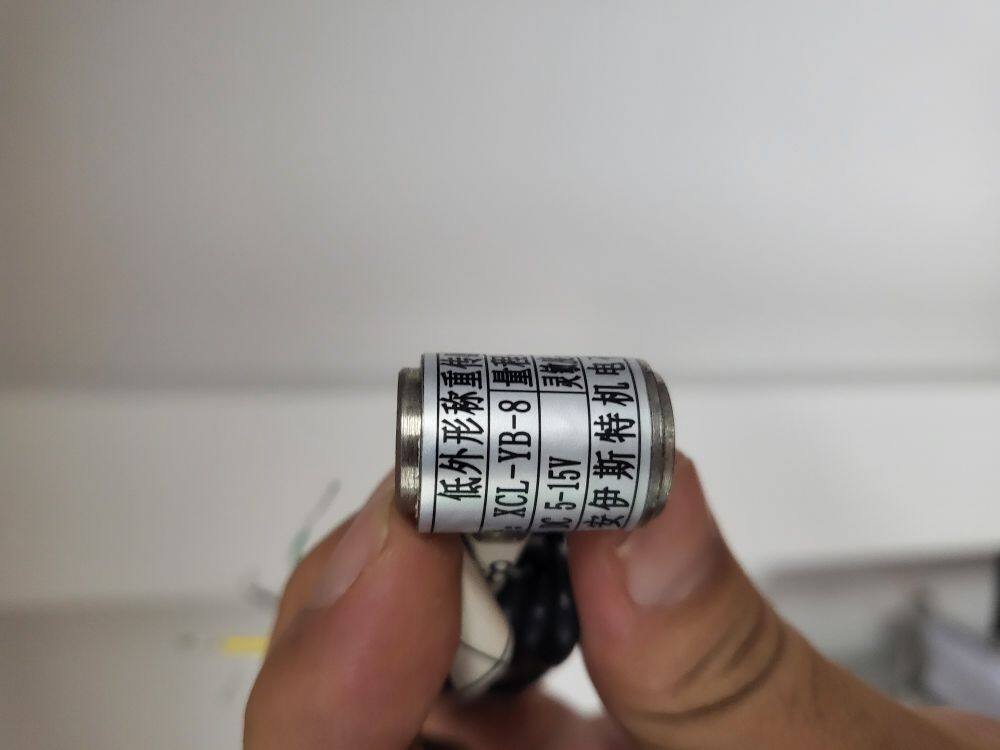
Sensors play a crucial role in modern cranes, enhancing their functionality, safety, and efficiency. These devices are integral to the operation of cranes, enabling precise control, monitoring, and automation. This article explores the various applications of sensors in cranes and their significance in improving operational performance.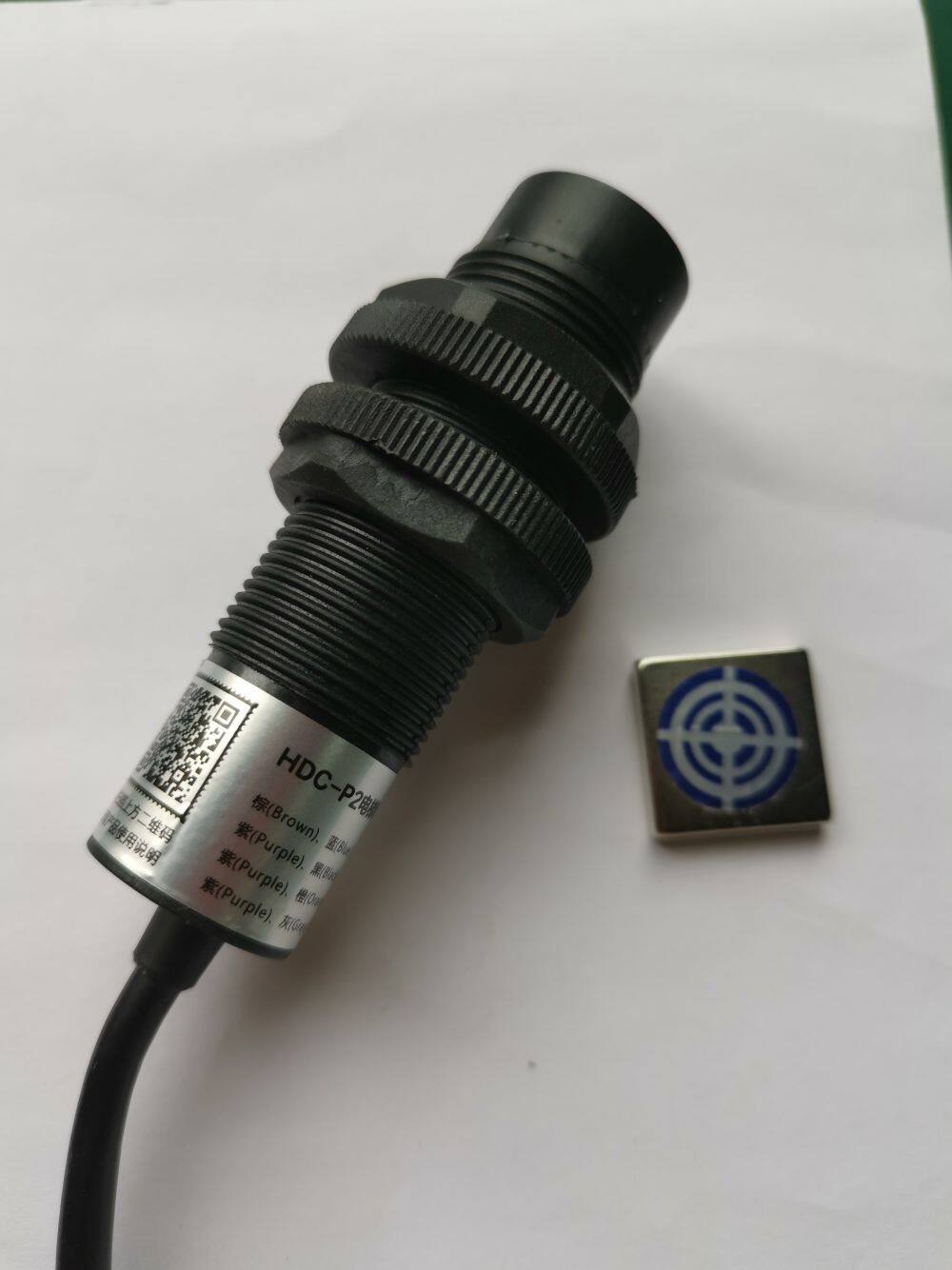
Displacement Sensors
Displacement sensors are used to measure the position and movement of crane components, such as the hook, boom, or counterweight. These sensors provide real-time data on the crane's positioning, ensuring accurate lifting and placement of loads. They are critical for maintaining stability and preventing overloading.Force Sensors
Force sensors, also known as load cells, measure the weight of the load being lifted. This information is essential for ensuring that the crane operates within its specified load capacity. Overloading can lead to equipment failure or accidents, making force sensors a vital component of crane safety systems.Angle Sensors
Angle sensors are used to monitor the angle of the crane's boom or jib. By tracking the angle, these sensors help prevent the crane from exceeding safe operating limits, reducing the risk of tipping or structural failure. They are particularly important in tower cranes and construction cranes.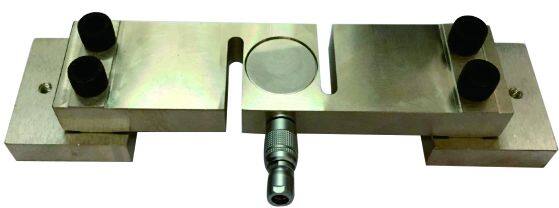
Proximity Sensors
Proximity sensors detect the presence of objects near the crane's moving parts. These sensors are used to prevent collisions between the crane and surrounding structures or personnel. They also ensure safe operation by signaling when the crane is too close to obstructions.Tilt Sensors
Tilt sensors monitor the crane's stability by measuring the angle of the mast or chassis. These sensors are critical for preventing overturning, especially in mobile cranes or tower cranes operating on uneven ground. They provide early warnings if the crane is at risk of tipping over.Temperature and Vibration Sensors
Temperature and vibration sensors monitor the condition of the crane's mechanical components. These sensors detect unusual heat or vibrations, which may indicate wear and tear or potential failures. They help in predictive maintenance, reducing downtime and extending the crane's operational life.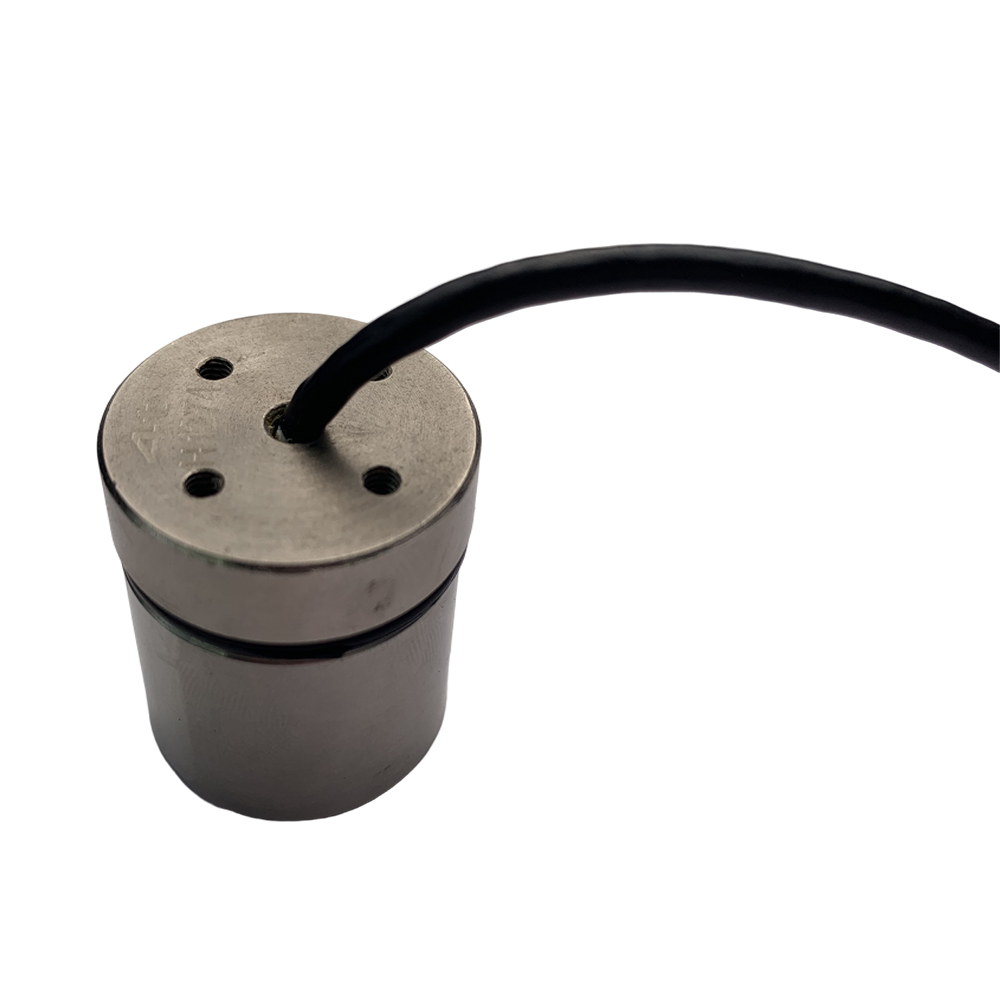
GPS and Wireless Sensors
In some advanced cranes, GPS and wireless sensors are used for precise location tracking and data trang and data transmission. These sensors enable remote monitoring and control, allowing operators to manage crane operations from a safe distance, especially in hazardous environments.
Load Monitoring
Sensors are used to monitor the weight and distribution of the load being lifted. This ensures that the crane operates safely within its load limits and prevents overloading.Boom Angle Control
By measuring the angle of the boom, sensors help maintain the crane's stability and prevent it from exceeding its operational limits. This is particularly important in high-reach cranes where the boom angle directly affects the crane's center of gravity.
Collision Avoidance
Proximity sensors and radar systems are integrated into cranes to detect obstacles in the vicinity. These systems provide alerts or automatically stop the crane's movement to prevent collisions.Operator Assistance Systems
Sensors provide real-time data to the operator, helping them make informed decisions. For example, load weight, boom angle, and tilt data are displayed on a control panel, enabling safer and more efficient operations.Automation and Remote Control
Advanced cranes use sensors for automation, allowing operators to control the crane remotely. This is especially useful in hazardous environments or in situations where manual operation is challenging.Predictive Maintenance
By monitoring temperature, vibration, and other parameters, sensors help predict potential failures before they occur. This reduces downtime and extends the crane's operational life.
Enhanced Safety: Sensors help prevent accidents by monitoring load limits, boom angles, and crane stability.
Improved Efficiency: Real-time data enables operators to make quick decisions, optimizing crane performance.
Reduced Downtime: Predictive maintenance ensures that cranes are in optimal working condition, minimizing unexpected breakdowns.
Increased Precision: Sensors provide accurate measurements, ensuring precise lifting and placement of loads.
Cost Savings: By reducing the risk of equipment failure and optimizing operations, sensors help lower operational costs.
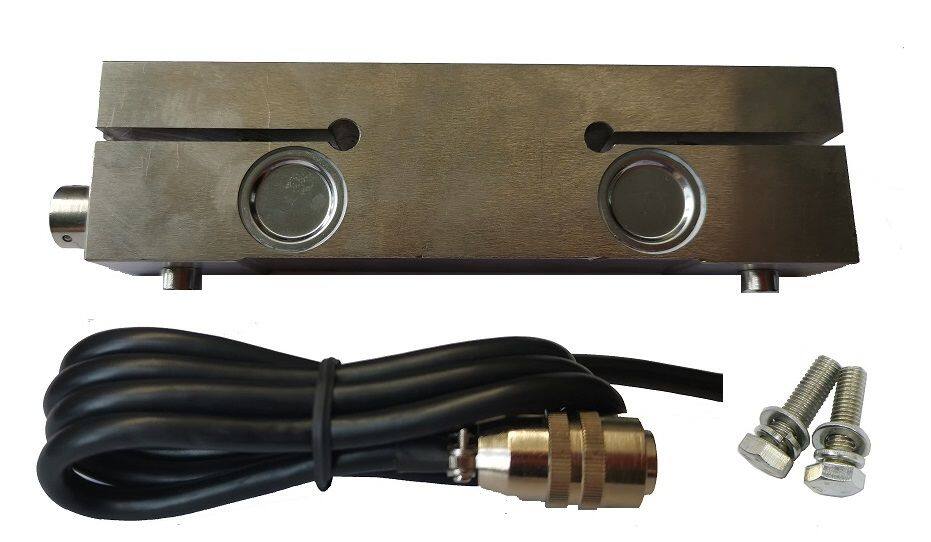
The integration of advanced sensors, such as IoT-enabled sensors and AI-driven systems, is expected to further revolutionize crane operations. These technologies will enable smarter, more efficient, and safer crane systems, capable of adapting to changing conditions in real time.
ConclusionSensors are indispensable in modern cranes, playing a pivotal role in enhancing safety, efficiency, and performance. As technology continues to advance, the application of sensors in cranes will become even more sophisticated, driving innovation in the construction, manufacturing, and transportation industries. By leveraging the power of sensors, crane operators can ensure safer, more reliable, and cost-effective operations.
website:https://elevatorest.com/
WhatsApp: +86 18092239472
Email:fmssales3@xafms.com
Tags: Sensors, Applications in Cranes, Benefits
